Three of my Favorite Wild Flowers
violet
yarrow
yarrow
(Published in Wellness Times, June 21, 2012) http://soundofheart.org/galacticfreepress/content/wellness-news-top-3-healing-flowersSweet Violets – Viola odoradaLittle sweet violets are the perfect harbinger of spring, with their quiet, humble purple faces cheerfully appearing amidst their heart shaped leaves. Native to Europe, violets are now found throughout the world and are known as sweet violets, English violets, wood violets, or common violet. Traditionally, violets are considered to “gladden the heart”, and their sweet aroma and flavor are unique and so very recognizable. Often used in cosmetics and perfume, the violet is also used in both culinary and medicinal ways. Violets are often candied and used in gourmet pastries, and both the leaves and the flowers can be added to salads. Violets have been used traditionally to promote relaxed sleep and bring mental balance and good cheer. Medicinally, it’s long been used as a cough remedy, especially useful in the treatment of bronchitis. An old recipe for Violet Syrup calls for taking 1 pound of fresh violet flowers and add 2 ½ pints of boiling water. Infuse this for 24 hours in a glass vessel, and then strain the liquid. Add double the liquid weight in fine sugar, and heat it into syrup, being careful not to let it boil. This syrup can be used for both medicinal and culinary purposes.California Poppy – Eschscholzia californiaThis popular perennial flower is the official state flower of California (and it is illegal to pick it wild in California). It can be found growing both wild, and in the garden. Wild, it is found throughout California, Nevada, Colorado, Utah and New Mexico and Texas. The leaves are a feathery blue-green, and the flower color ranges from a vibrant orange to a pale yellow. This member of the poppy family is considered to be safe and non-addictive, while still possessing some of the sedative properties of it’s far more powerful cousins. California poppy has been used widely and safely with children of all ages to help combat over-excitedness, and promote health sleep patterns. It’s also an anti-spasmodic herb, and can be used effectively to treat stomach or bowel upset or cramping. Carefully dry the aerial parts, including the stem, leaves, and flower, and make a gentle tea of a cup of boiling water poured over 1 teaspoon of the dried herb. Allow this to steep for about ten minutes, add a bit of honey, and drink this at bedtime for a night of restful sleep. Dosage is one or two cups a day, as an excess can create feelings of lethargy the next day.Yarrow – Achillea millefoliumAlso known both in wild places and in the garden, yarrow is a delicate plant with feathery leaves and a beautiful head of bunches of tiny flowers. Cultivated varieties can be light or dark pink, but the best yarrow for medicinal purposes is the wild white. Yarrow has been known for centuries as a plant to assist in the healing of wounds, and was considered “the soldiers’ woundwort” for its ability to stanch the bleeding of wounds of battle. This ability led to its being named after the legendary warrior, Achilles. The Highlanders of Scotland make an wound ointment from the plant. The feathery leaves can be placed directly on a superficial cut or scrape as a “natural” band aid. Yarrow was also called “Nosebleed”; the leaves rolled up and placed in the nose are reputed to immediately stop the bleeding. Yarrow has also been traditionally used to aid the body in dealing with fevers by being a diaphoretic (creating perspiration), and is useful as a tea in early stages of colds and flu. A famous old recipes calls for equal parts yarrow, boneset, peppermint, and elder flower as the most effective anti-fever tea. It dilates the blood vessels and is effective in stimulating the digestion. The above ground parts of the plant are used, and should be harvested when the flowers are at their peak in summer. These can then be dried and used as a tea. Along with it’s many medicinal uses, yarrow has been used in many cultures as a tool of divination. The long stalks are dried and used in the I Ching, and the leaves, when placed under the pillow, are said to bring visions of one’s future spouse.


